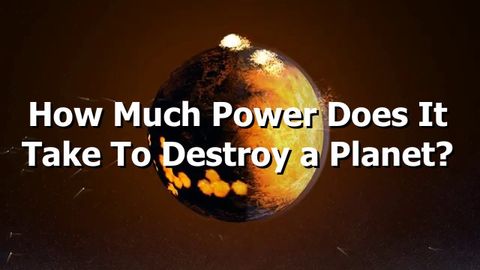
Subtitles & vocabulary
How Much Power Do You Need To Destroy A Planet?
00
Harvey Pan posted on 2021/06/25Save
Video vocabulary
entire
US /ɛnˈtaɪr/
・
UK /ɪn'taɪə(r)/
- Adjective
- Complete or full; with no part left out; whole
- Undivided; not shared or distributed.
A2TOEIC
More figure
US /ˈfɪɡjɚ/
・
UK /ˈfiɡə/
- Verb (Transitive/Intransitive)
- To appear in a game, play or event
- To calculate how much something will cost
- Noun
- Your body shape
- Numbers in a calculation
A1TOEIC
More critical
US /ˈkrɪtɪkəl/
・
UK /ˈkrɪtɪkl/
- Adjective
- Making a negative judgment of something
- Being important or serious; vital; dangerous
A2
More force
US /fɔrs, fors/
・
UK /fɔ:s/
- Noun
- Group of persons trained for military action; army
- Pressure; attraction
- Transitive Verb
- To use physical strength or violence to persuade
- To break open (something) using force.
A1
More Use Energy
Unlock All Vocabulary
Unlock pronunciation, explanations, and filters
